- December 21, 2022
- Posted by: Author Anoma
- Categories:
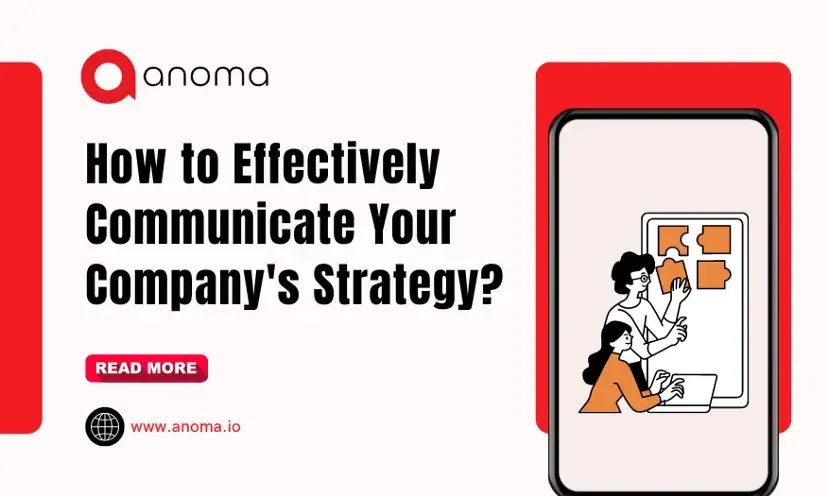
“ In many ways, effective communication begins with mutual respect, communication that inspires, encourages others to do their best ’’— Zig Ziglar
Most people struggle to recollect the organization’s approach. One survey found that just 28% of executives and managers who oversee strategy could articulate three strategic priorities.
It is not unexpected. Numerous businesses lack a strategy. The handful that does find it challenging to Effective Communication – Anoma Tech because it necessitates interacting with a variety of stakeholders in various contexts.
Instead, they find it simpler and less dangerous to make grandiose purpose statements, outline important objectives, start initiatives, or release set plans.
By assisting employees in determining where to concentrate their attention, energy, resources, and capabilities, effective strategy communication raises the likelihood that a company will “win.” Lack of alignment and uncertainty caused by unclear communication result in lost effort and inertia.
Here are five strategies to Effective Communication – Anoma Tech your organization’s plan if you are starting to do so,
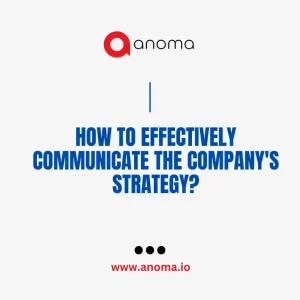
Comprehensive communication:
Communications can sometimes be overly focused on one aspect of strategy at the expense of others. For example, they outline how to outperform the competition but fail to address how to best serve customers. Or they describe an exciting vision but leave out crucial details about how the organization will carry it out. They outline the trends, dynamics, and disruptions but fail to articulate clearly the decisions they have made to address them.
“ The way we communicate with others and with ourselves ultimately determines the quality of our lives. ’’— Tony Robbins
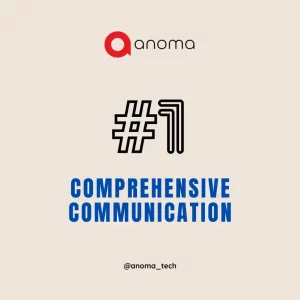
The same is true for the audience. Executives prioritize communication with employees and investors, but neglect to engage with broader stakeholders such as regulators or community groups until they raise questions or objections.
Make it your own:
Communications frequently paint a corporate picture of the world that fails to convey what is expected of the audience or how it benefits them.
Match the message to the situation:
Long, bombastic slide presentations or brief, bland statements on the internet are common methods of communicating strategy. These rarely generate the excitement, engagement, advocacy, or recall needed to effect change.
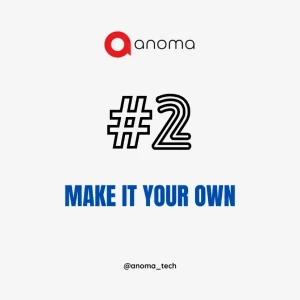
Instead, structure your communication as a series of engaging and dynamic exercises, with a focus on brevity and clarity. This entails three steps:
Plan out the critical or “printable” moments, where you want to communicate strategy, including the people involved. This could be a recruiting interview, an investor pitch, a board meeting, a town hall presentation, a team huddle, or a performance appraisal.
Choose which messages to emphasize, if you are meeting with a potential partner organization, you might want to focus on the ambition and opportunity ahead, whereas if you are meeting with a group of managers, you should articulate your choices and changes and encourage them to make their own.
Choose the tool or asset that works best for the people, time, and message: You could use a two-minute (or even shorter) elevator pitch or an anecdote about the organization’s advantage in a one-on-one conversation. A visualization that describes elements of the strategy or a story that illustrates how the organization will overcome the challenges it faces works well in a larger group setting.
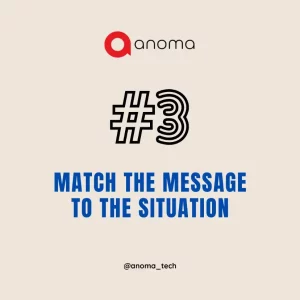
“ Effective communication is the best way to solve problems.’’ — Bradford Winters
Effective Communication – Anoma Tech
For far too long, communication strategy has been treated as an afterthought. Executives have distributed lengthy, bombastic documents or withheld critical information, expecting people to simply “get it.” And it did not work. Greater external uncertainty, collaboration, employee anxiety, and organizational openness necessitate a shift in strategy.
These actions will Effective Communication – Anoma Tech clarity and quality, allowing people to make more substantive and meaningful contributions to the strategy.
Read more at www.anoma.io
